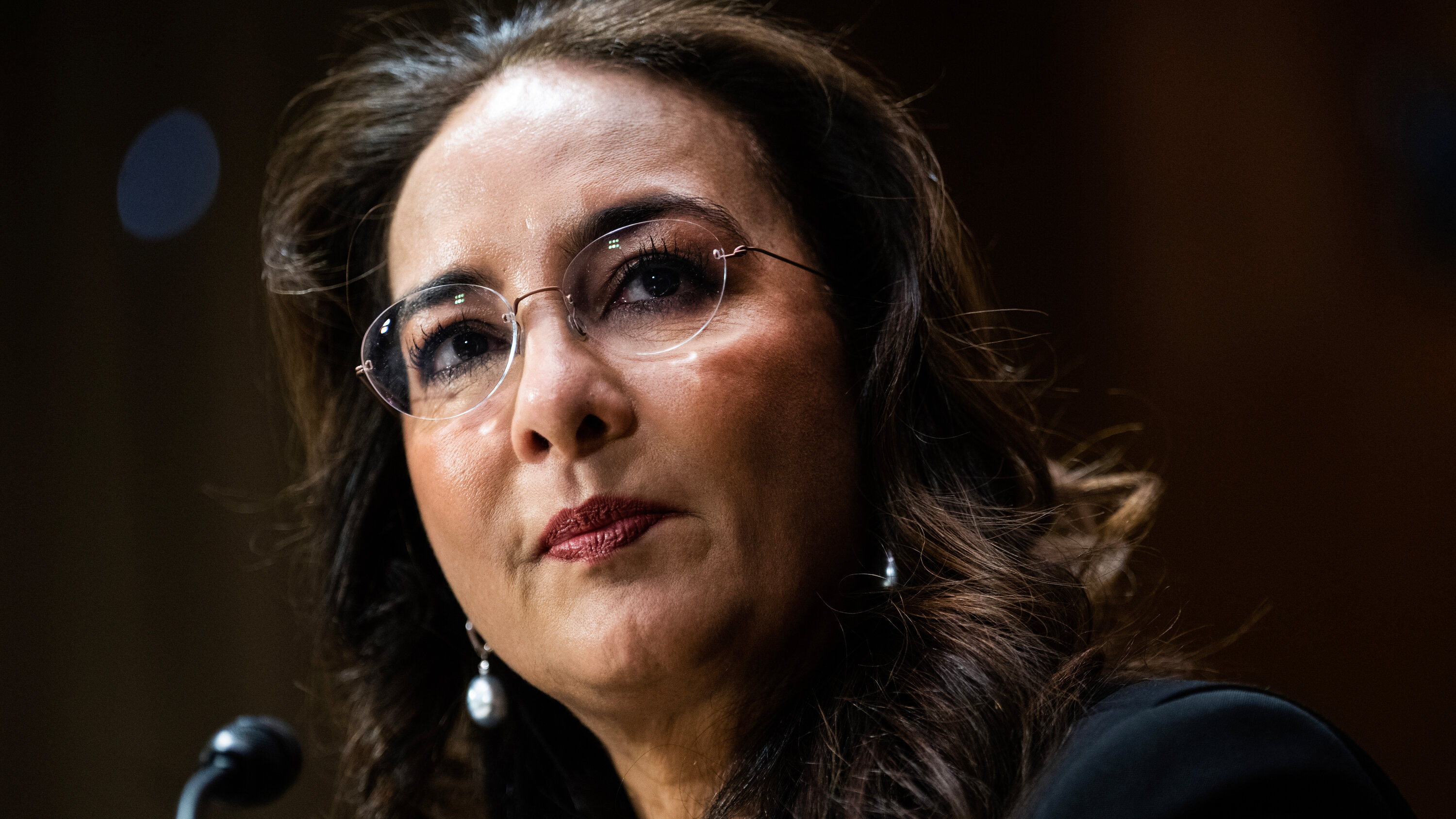Faith, Fairness, and Friction: DOJ's Bold Moves in Trump's Cultural Battleground

In a significant shift from its original mission, the civil rights division is now prioritizing transgender sports participation regulations over its traditional focus on combating race-based discrimination. The division's leadership has explicitly instructed staff to redirect their efforts towards enforcing new policies surrounding transgender athletes, marking a notable departure from the department's foundational principles of racial equity.
This strategic realignment signals a controversial redirection of resources and attention, potentially moving away from long-standing civil rights challenges to concentrate on more contemporary gender-related policy enforcement. By pivoting towards transgender sports issues, the division appears to be redefining its core mandate and operational priorities, raising questions about the evolving interpretation of civil rights protections in modern legal and social landscapes.
The move has already sparked debate among civil rights advocates, who argue that this shift could potentially dilute the division's historical commitment to addressing systemic racial inequalities. Critics suggest that such a reorientation might compromise the department's primary objective of ensuring equal protection and opportunities for marginalized communities.
